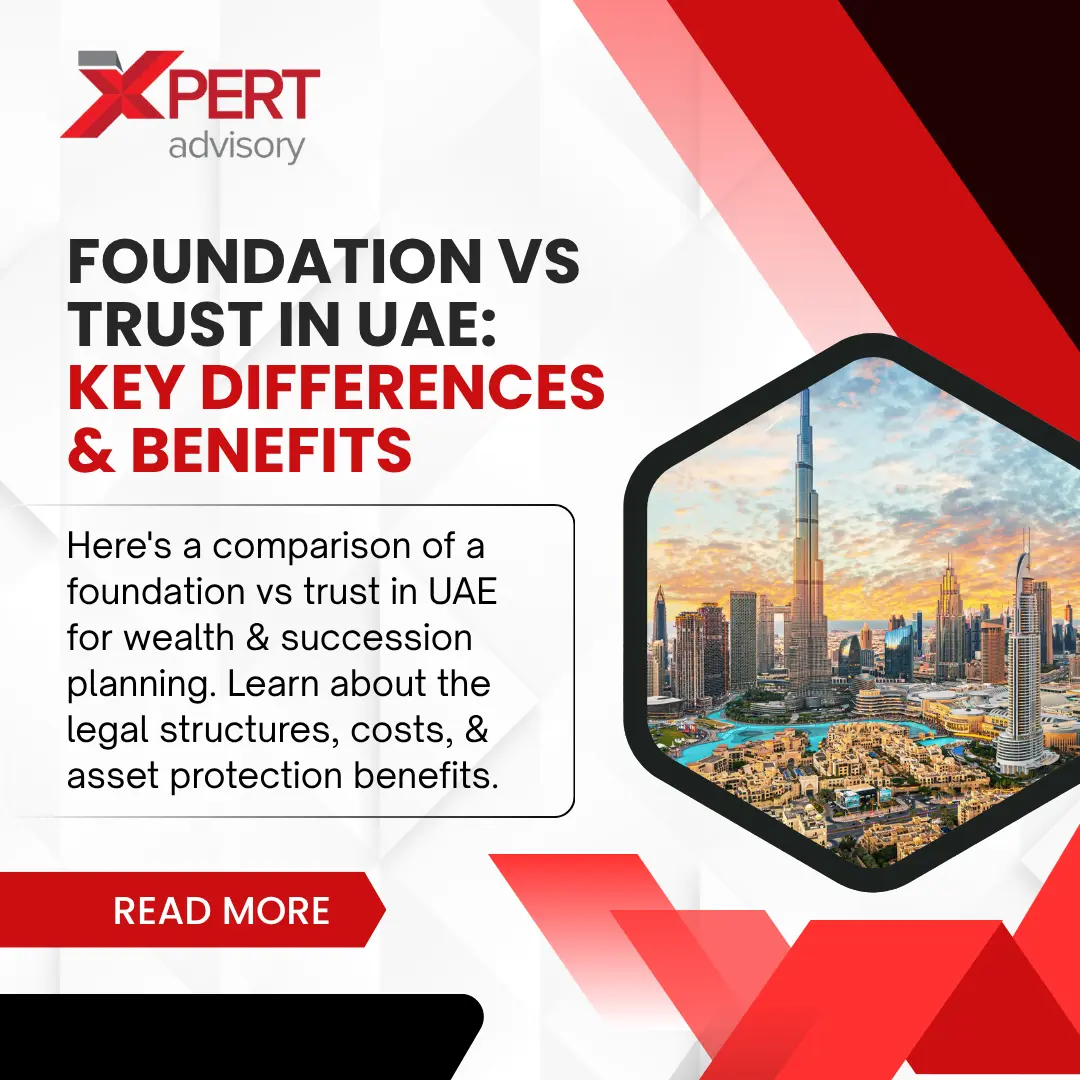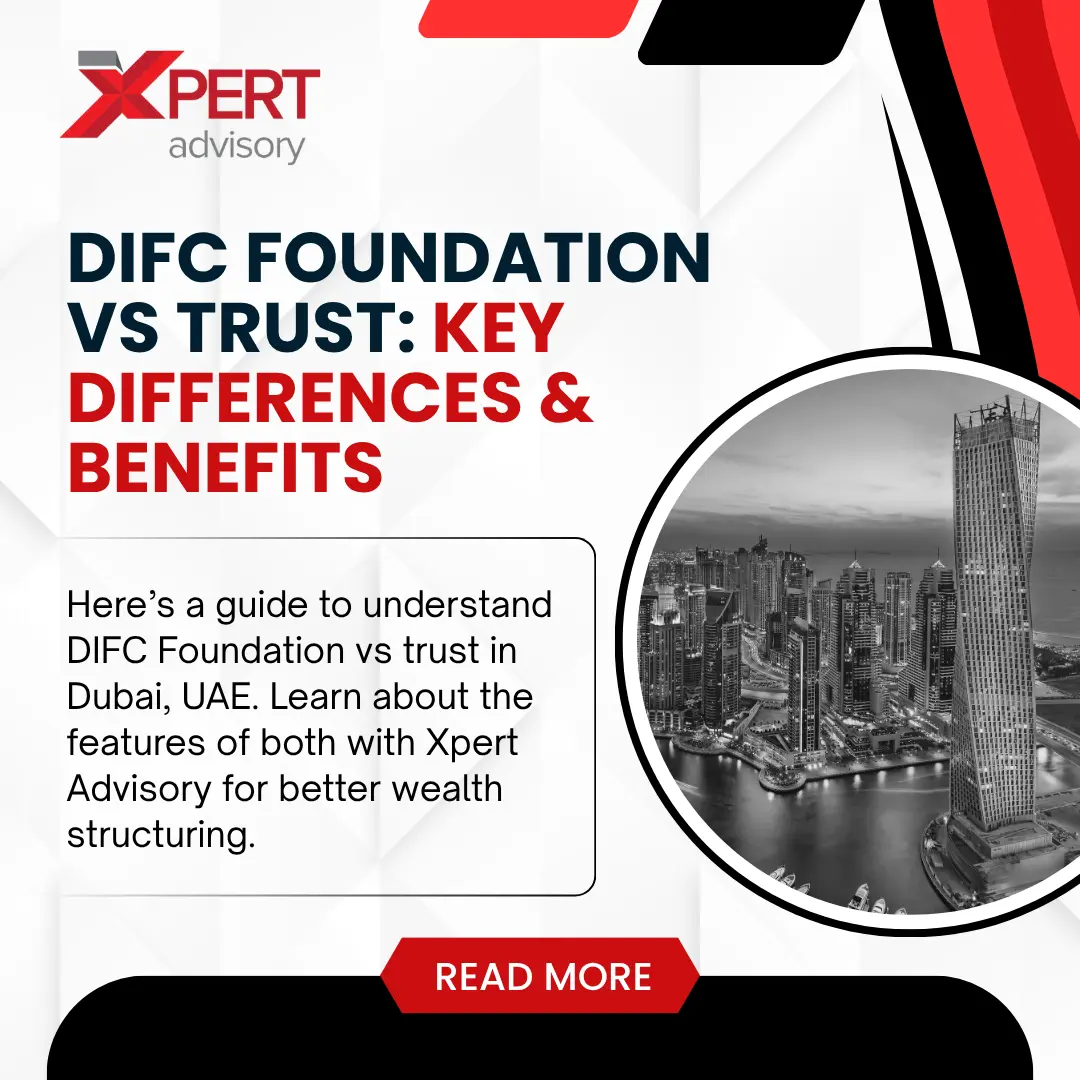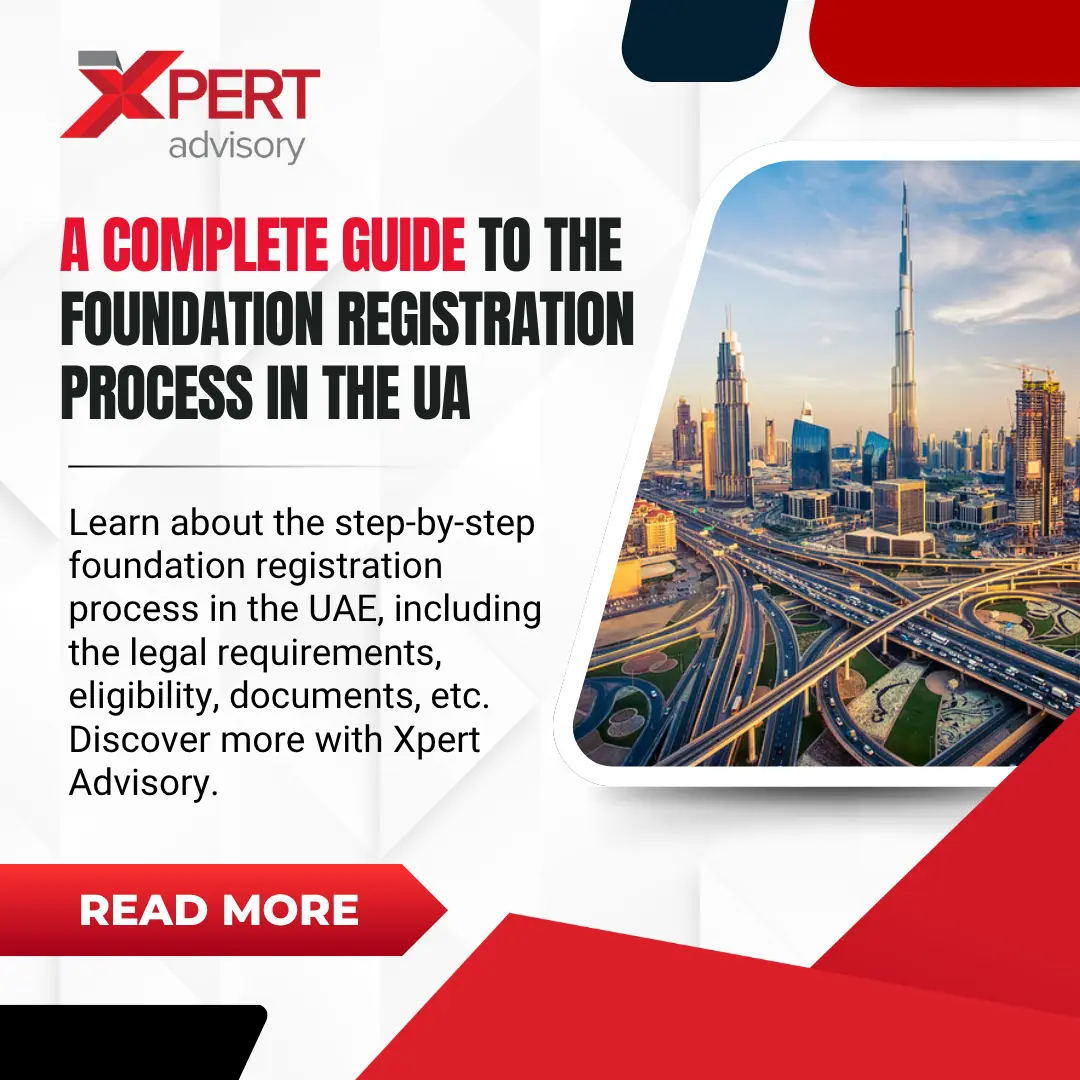Money laundering operates in the shadows, but the signs are always there. Money launderers adopt sophisticated strategies to disguise unlawful funds which make detection tough. Financial operations stay protected from fraudulent activities by the detection of warning signs that include irregular financial patterns coupled with sudden non-inherited wealth increase or unwillingness to reveal relevant information. Here’s how to know if someone is laundering money and the warning signs to watch for.
Common Techniques Criminals Use to Launder Money
Money laundering refers to the act of concealing the financial proceeds of a crime and converting it to assets that appear to have a legitimate origin. It takes many forms, often involving transactional patterns, cash-based businesses, and crypto exchanges to disguise illicit funds. Among the most prevalent kinds are:
- Traditional Money Laundering: It involves the physical movement of cash or other valuable items in a disguising manner. This may includes smuggling money across border or using money legitimate business for legitimizing illicit funds
- Digital Money Laundering: It involves digital technology like, online payments , cryptocurrencies to launder money. This technology uses speed and anonymity of digital transactions.
- Trade based Money Laundering: It involves employees’ clever transactions to transfer high volume of cash across border or over-or-under invoicing goods and services in order to conceal the source of illegal funds.
- Real- Estate Money Laundering: Criminals amplify the value of illegal funds by buying real estate properties to later sell at market rates for mainstream financial incorporation.
Financial institutions which understand different money laundering types will establish effective AML procedures to detect and stop money laundering activities. You can also consult Xpert Advisory for expert AML strategies to stay compliant against various financial risks.
Top 15 Signs of Money Laundering in the UAE
To effectively combat money laundering, businesses must verify their clients’ submitted data. This includes verifying the identity of customers and monitoring their multiple high-volume transactions for any suspicious conduct. The top 15 key signs businesses should look out for include important indicators on how to know if someone is laundering money:
Reluctance To Divulge Information or Secrecy
The Financial Action Task Force (FATF) views customers as suspicious if they show persistent refusal to disclose important information such their identity, beneficial ownership, or source of funds. They ought to be handled with extreme caution. This involves giving contradictory information, failing to submit proper documents, or evading KYC (Know Your Customer) inspections. Since respectable clients usually have no trouble adhering to regulatory regulations, such evasive behavior is a warning sign.
Large and Unexplained Cash Deposit

Organizations must monitor suspicious money transfers when they receive large sums of money within a short period of time, with a focus on B2B business environments that handle large amounts of cash. The absence of receipts, combined with unsubstantiated financial records, should prompt inquiries to determine the validity of deposit activities. The absence of supporting business justifications confirms money laundering when large sums of cash enter restaurants or retail establishments from unknown origins. Illicit funds can easily be mixed with legitimate revenue, inflating turnover.
Frequent and Unusual Transactions
Transactions that do not fall in customers’ usual transaction standards such as sudden increase in funds transfer to unrelated third parties are concerning. Sending money to high-risk jurisdictions or making several transactions that fall just short of regulatory reporting thresholds may indicate an attempt to avoid detection. The transfer of large amount of money, especially in countries with high financing risks, by creating complex transactions is also a key indicator of money laundering.
Complex or Opaque Business Structure
Companies that change directors frequently or have unclear shareholder relationships should be closely examined. To hide the real source of cash, money launderers frequently employ offshore accounts, shell corporations, or multi-layered organizational structures. A company may be attempting to transfer illegal funds covertly if its ownership or financial operations are opaque.
Transactions Involving High Risk Jurisdiction
Some areas are hubs for illegal activity because of lax banking restrictions. Transactions originating from or being sent to such jurisdictions, particularly those on international AML watchlists, should be investigated. A legitimate business should be able to justify why it is conducting transactions in these areas.
Multiple Accounts Under the Same Identity
It is speculated that clients who open several accounts with somewhat slightly similar or similar information are attempting to launder money by spreading it over different accounts. This strategy, called layering, makes it challenging to monitor the flow of money. Strict verification procedures should be put in place by financial institutions to find duplicate account holders.
Immediate Withdrawals to Private (Crypto) Wallets
Individuals may be trying to hide the money trail if they move money to private cryptocurrency wallets right away after making deposits. Because cryptocurrency transactions are hard to track, they are frequently used as a money laundering method. Companies should keep an eye on frequent withdrawals to digital asset platforms and, if required, carry out more thorough due diligence.
Use Of Digital Assets for Concealment
Unlawful financial activity is increasingly utilizing cryptocurrencies and other digital assets. To evade detection, criminals frequently transform illicit funds into digital assets in tiny amounts. Similar to this, money laundering attempts may be indicated if significant amounts of bitcoin are converted into fiat money without a clear source of funding.
Unusual Loan Payments or Transfers
Potential red flags include making payments from third-party accounts, repaying debts faster than anticipated, or transferring money without a sound business justification. Under the pretense of legal financial transactions, these activities might be an attempt to incorporate illegal monies into the financial system.
Transactions Without Clear Business Justification
It is concerning when payments are made that do not seem to be related to a customer’s business operations. Money laundering could be committed, for instance, by a company that receives huge sums of money without sending invoices or by regularly paying unaffiliated parties. Proper documentation and explanations should always support significant financial transactions.
Third-Party Payments or Proxy Transactions

Intermediaries are frequently used by money launderers to hide the real source of payments. A company may engage in illegal financial activity if it regularly collects or transfers funds from dormant accounts on behalf of unaffiliated third parties. Transactions involving unidentified or unconfirmed third parties must be examined more closely.
High Turn Over in Cash-Intensive Business
Money launderers are drawn to businesses that deal primarily in cash, such as convenience stores and car washes. A company that claims an unusually high cash turnover in comparison to other businesses in the same industry may be inflating revenue to support illegal funding. A red flag is the absence of receipts or financial documentation to support these transactions.
Attempts To Avoid Regulatory Reporting Threshold
Smurfing is the term for the practice of criminals structuring their transactions to fall just below regulatory reporting restrictions. This could entail dividing sizable deposits among several accounts or financial institutions into smaller sums. Businesses should flag transactions that appear designed to evade mandatory reporting requirements.
Customers From High-Risk Countries
Onboarding clients from high-risk nations is legal, but it requires more thorough due diligence. This is because individuals from politically unstable or sanctioned areas may attempt to transfer illegal funds abroad. Companies should carry out in-depth background investigations and keep an eye on transactions for any unusual trends.
Inconsistencies In Due Diligence or Compliance Attempts
Money launderers frequently register accounts using counterfeit or stolen identities; thus customers who provide wrong documents, try to circumvent KYC verification, or give contradicting information throughout the onboarding process may have something to hide. Any irregularities during compliance checks should trigger immediate investigation.
Xpert Advisory provides expert insights on how to know if someone is laundering money, helping you identify red flags and create an effective AML strategy to protect your business from illicit activities.
How To Mitigate Money Laundering Risk?
Even though new legislation and updates to AML guidelines are released every single year, the principles of lowering money laundering risks remain the same. Companies should take the following essential steps to remain compliant and lower the risk of money laundering in the United Arab Emirates:
Implement Effective KYC Processes
To maintain secure business operations organizations must adopt thorough procedures for Know Your Customer (KYC) verification which validates the identities of customers and beneficial owners. Organizations must execute ID authentication and investigate customers through government KYC procedures as well as conduct additional thorough risk assessments and apply biometric authentication systems. A combination of automated systems enables streamlined process execution which follows the regulatory standards of UAE.
Constant Monitoring
Customer activities need to be monitored frequently as part of an ongoing process for detecting and stopping suspicious activities. Financial businesses must perform screenings on their customers using politically exposed persons (PEPs), watch lists and sanction lists to confirm risks present. Organizations must maintain continuous observation to detect non-standard transactions because they could signal money laundering and terrorist financing schemes.
Suspicious Activity Reporting (SAR)
Organizations need to submit Suspicious Activity Reports (SAR) to regulatory bodies through legally defined reporting windows of under three days when encountering suspicious occurrences. When filing a report organizations need to provide information about the source of suspicion and customer identity and transaction details along with the SAR reference code. Organizations must master the particular reporting standards of the United Arab Emirates to demonstrate compliance.
Employee Awareness and Training

Regular training programs for workers should focus on Anti-Money Laundering rules and both organizational protocols and procedures to help them recognize and document suspicious transactions. Workers with comprehensive knowledge of AML regulations maintain vital operations for a strong AML compliance program. They must supervise compliance processes, apply analytics to detect risks, and ensure adherence to legislative measures to prevent attempts to convert funds illicitly.
Keep Complete Records
The maintenance of complete records regarding customer details along with transaction histories and reports on unusual activities remains key. Businesses must provide comprehensive documentation support for audit investigations, judicial procedures, and regulatory investigations. Businesses in the United Arab Emirates can successfully combat money laundering by following these basic operational standards.
Conclusion
Proper identification of money laundering indicators is crucial for businesses to protect from major financial losses. Identifying potential signs that could indicate money laundering activities by businesses necessitates careful monitoring of unusual transactions. Alongside customers withholding information on complex business arrangements that facilitate fund transfers via private accounts from high-risk areas. Simple financial crime prevention occurs through effective sign monitoring which helps businesses to minimize risks and meet regulatory expectations along with safeguarding their reputation.
Are You Concerned about the safety of your business from money laundering? Xpert Advisory helps businesses like yours detect red flags and build a solid compliance framework. From enhanced due diligence to sanctions screening, we’ve got you covered. Contact us today to ensure your business is safe and compliant!
FAQs
What are key red flag indicating money laundering?
Money laundering red flags arise from inconsistent transaction histories which fail to synchronize with a customer’s financial background or industrial business activities. When customers resist giving necessary documents or show unexpected changes in their transaction conduct it indicates possible money laundering activities.
How to combat money laundering in the financial system?
The prevention of money laundering within financial systems requires authorities to create strict rules and surveillance regulations. Preventing virtual assets into fiat transactions is crucial role in stopping illicit fund integration. Strengthened compliance frameworks eliminate the possibility of fraudulent activities, while enhanced due diligence ensures financial institutions do not inadvertently fund other criminal activities.






